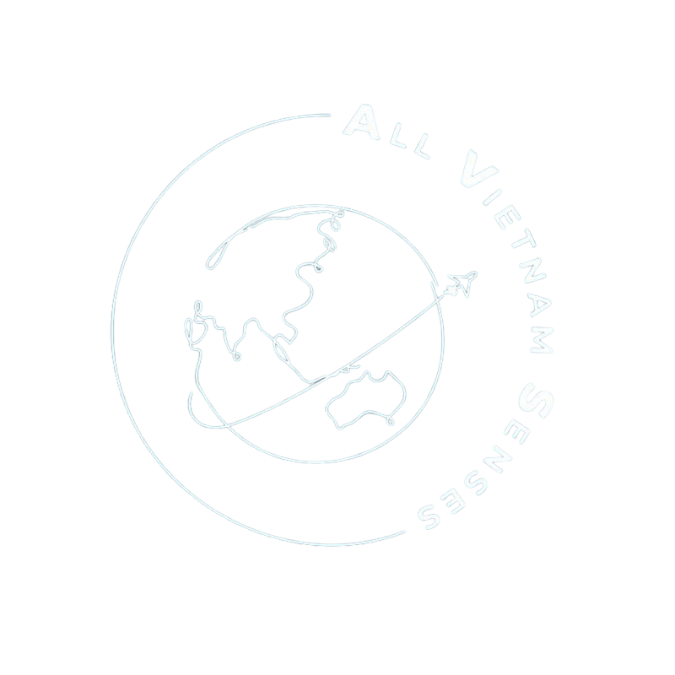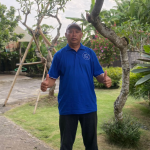Discover Tet Festival: Vietnam's Grandest Cultural Celebration
Introduction to Tet Festival
Tet Festival, known as Tết Nguyên Đán in Vietnamese, is the most vibrant and significant celebration in Vietnam. It’s not just a holiday; it’s a heartwarming festival that marks the Lunar New Year and the arrival of spring. This grand event ushers in a time of renewal, family reunions, and a fresh start, brimming with cultural richness and tradition.
What is Tet Festival?
Tet Festival is essentially Vietnam’s answer to the Lunar New Year celebrations found across Asia. It is a time when families gather, pay homage to ancestors, and embrace a fresh beginning. The festival typically falls between late January and early February, depending on the lunar calendar.
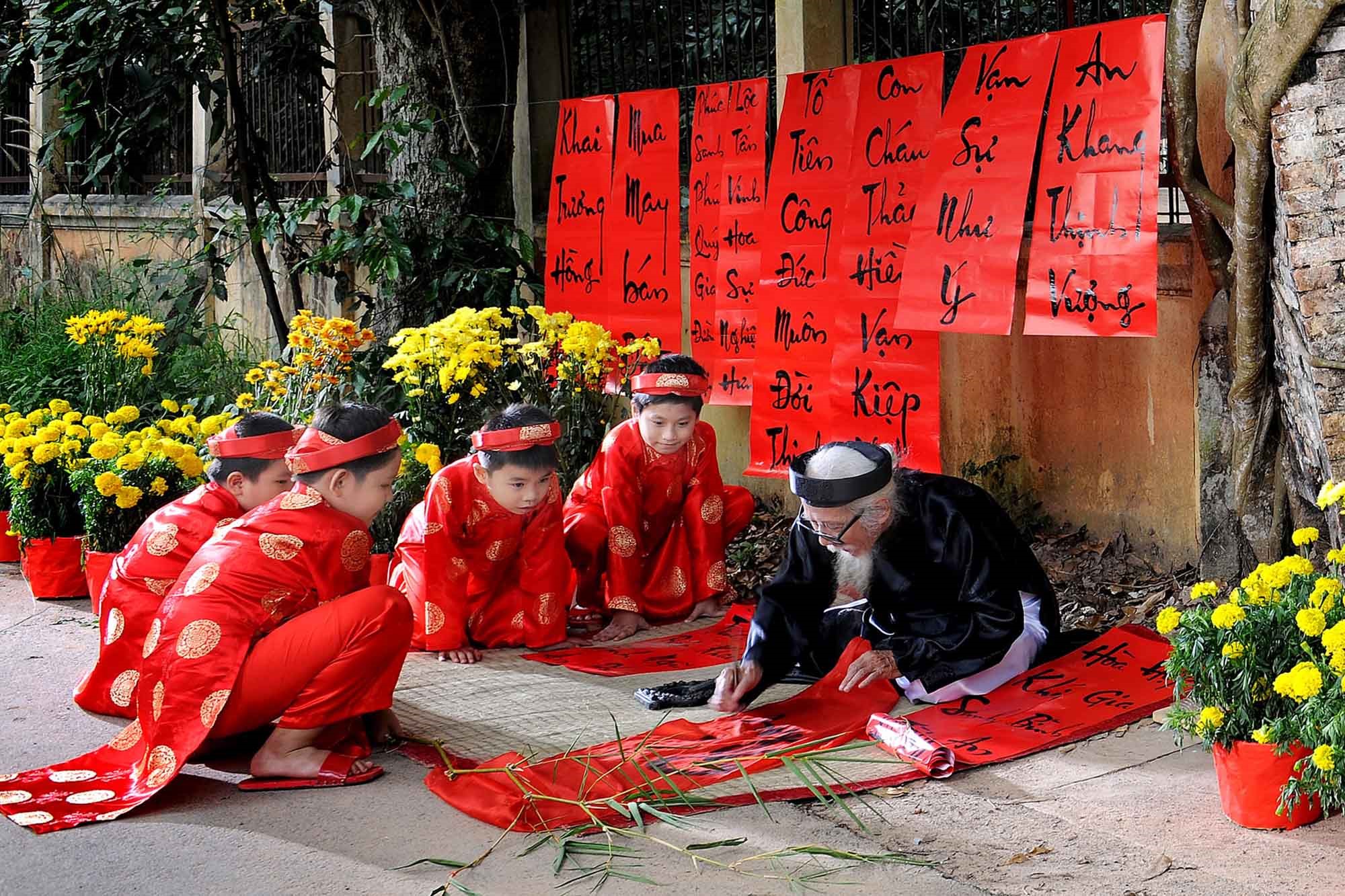
Significance of Tet in Vietnamese Culture
Tet holds a special place in Vietnamese culture as it symbolizes new beginnings and prosperity. It’s a chance for people to clear out old and welcome in the new, both physically and spiritually. This period is considered the most important time of the year for paying respects to ancestors and seeking blessings for the year ahead.
Historical Background of Tet Festival
Origins and Evolution
Tet Festival has its roots deeply embedded in ancient Vietnamese traditions and mythology. It is believed to be influenced by the Chinese Lunar New Year but has evolved uniquely over centuries. Originally, Tet was a festival to honor the gods and ancestors, and it gradually transformed into a celebration of the New Year.
Traditional Practices Over the Years
Throughout the ages, Tet has preserved its core traditions while adapting to modern influences. From the ancient rites of honoring spirits to contemporary family gatherings, the essence of Tet remains a celebration of life and renewal.
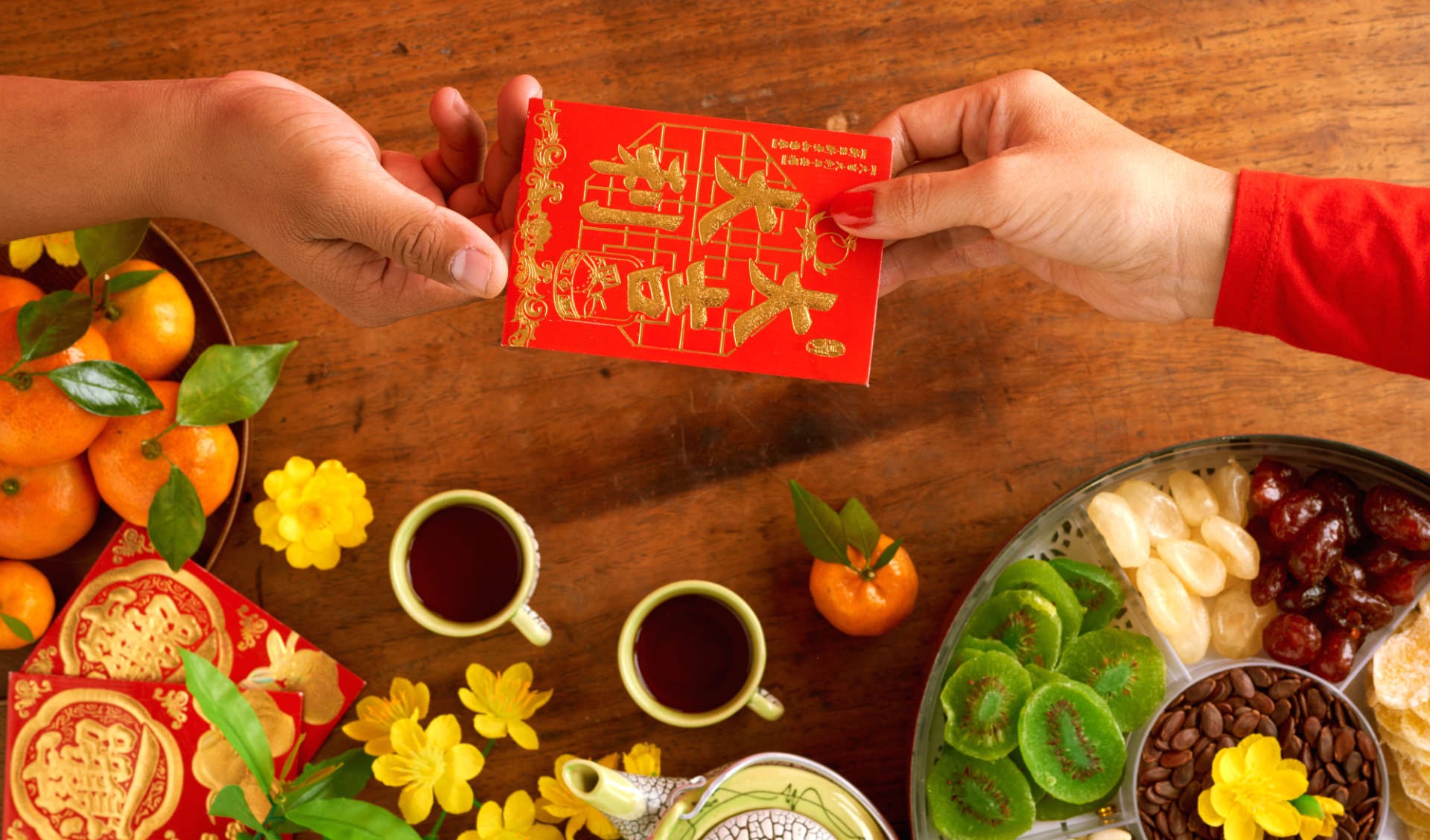
Celebration Highlights
Festive Decorations and Preparations
One of the most captivating aspects of Tet is the elaborate decorations that adorn homes and streets. People decorate their houses with peach blossoms, kumquat trees, and red lanterns, all of which are believed to bring good fortune and happiness. The art of these decorations not only brightens the environment but also sets a festive tone for the celebrations.
The Art of Tet Decorations
Tet decorations are meticulously chosen and crafted. Peach blossoms, with their delicate pink flowers, symbolize prosperity and growth. Kumquat trees represent wealth and good luck, while red lanterns and banners are thought to ward off evil spirits and invite positive energy.

Traditional Foods and Dishes
No celebration is complete without delicious food, and Tet is no exception. The festival is renowned for its mouth-watering dishes that are often prepared weeks in advance. These dishes are not only flavorful but also carry symbolic meanings.
Must-Try Tet Foods
Among the must-try foods during Tet are Bánh Chưng (square sticky rice cakes) and Bánh Tét (cylindrical sticky rice cakes). These cakes, filled with pork and mung beans, symbolize the Earth and Heaven, representing harmony and balance. Other favorites include pickled onions, boiled chicken, and a variety of sweets.
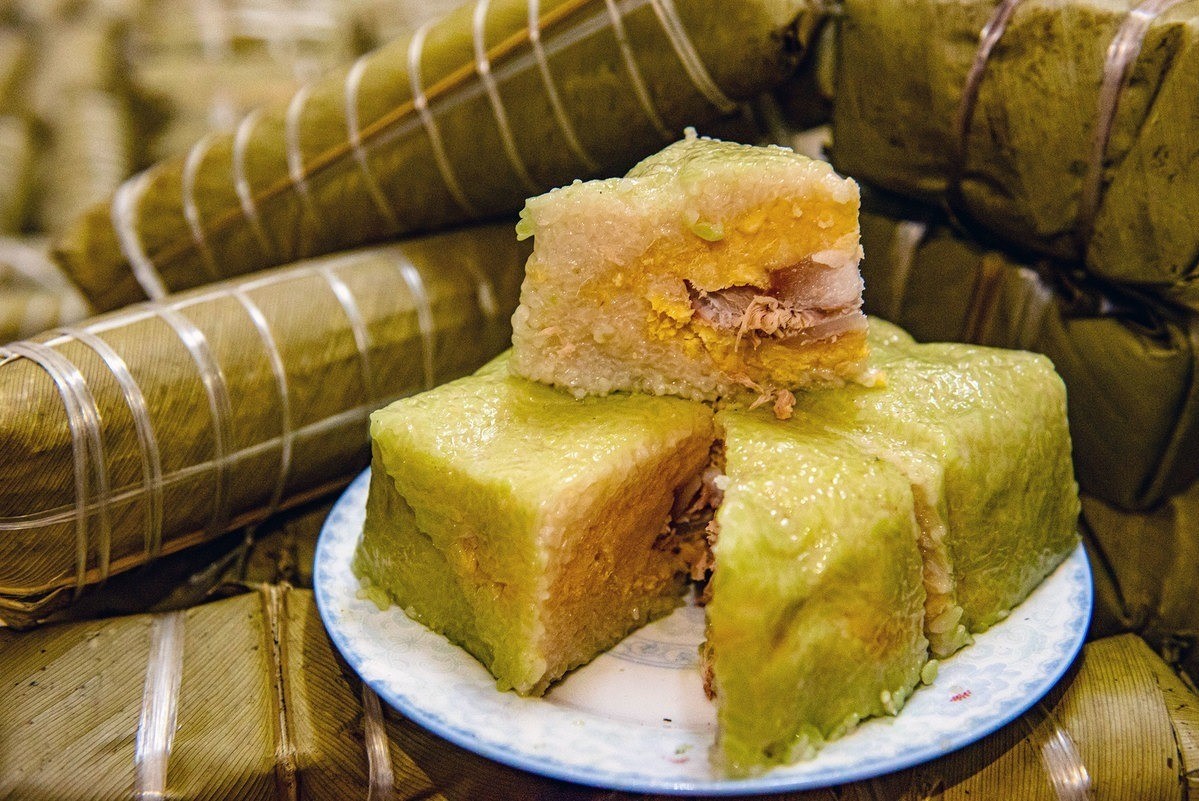
Cultural Performances and Events
Lion Dances and Traditional Music
Lion dances are a highlight of Tet festivities. These vibrant performances, accompanied by traditional drumbeats, are believed to chase away evil spirits and bring good luck. Traditional music, often played on instruments like the đàn bầu (monochord) and đàn tranh (zither), adds to the festive atmosphere, creating an immersive cultural experience.

Modern Day Tet Festival
How Tet is Celebrated Today
In contemporary Vietnam, Tet continues to be celebrated with the same fervor as in the past, but with modern twists. Urban areas see grand public celebrations, while rural regions maintain more traditional practices. The festival remains a time for family gatherings, with a focus on both preserving heritage and embracing new ways of celebration.
Global Celebrations of Tet
Tet Festival’s charm has transcended borders, leading to celebrations in various countries with significant Vietnamese communities. Cities like Los Angeles, Paris, and Sydney host vibrant Tet parades and cultural events, showcasing Vietnamese traditions to a global audience.
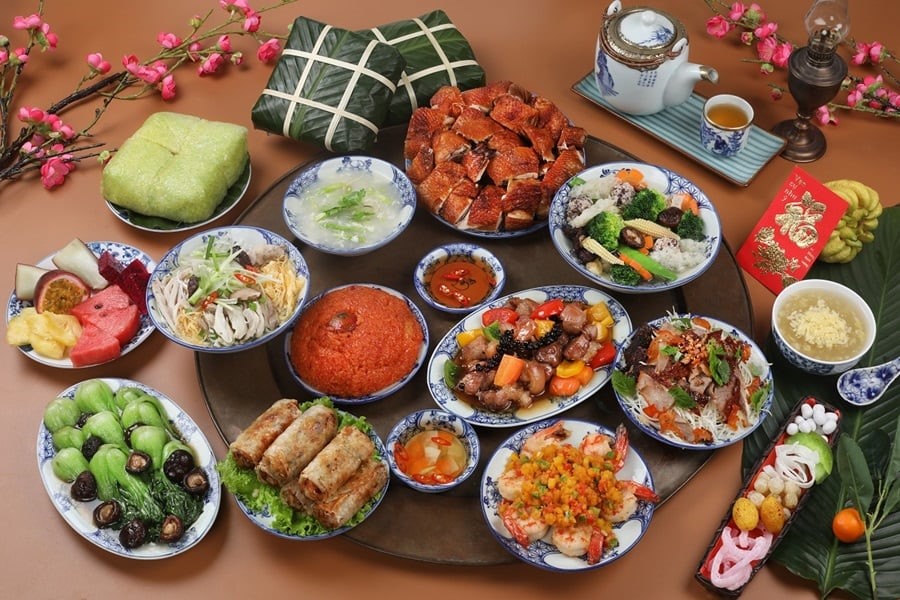
Tips for Visitors
What to Expect When Visiting Vietnam During Tet
If you plan to visit Vietnam during Tet, be prepared for a lively atmosphere. Streets will be bustling, markets will be crowded, and many businesses may be closed as people take time off to celebrate with family. It’s a great opportunity to experience Vietnamese culture firsthand but plan ahead to make the most of your visit.
Cultural Etiquette and Practices
When visiting during Tet, it’s essential to respect local customs. This includes dressing modestly, greeting people with a smile, and participating in traditional practices if invited. Avoiding negative topics and offering well-wishes for the New Year can also help you blend in seamlessly.
Conclusion
Tet Festival is a remarkable celebration that encapsulates the spirit of Vietnam. It’s a time of joy, reflection, and renewal that brings people together in a meaningful way. Whether you’re experiencing it in Vietnam or celebrating with the global Vietnamese community, Tet offers a unique glimpse into the cultural heart of this beautiful country. Embrace the traditions, savor the flavors, and enjoy the festive cheer of Tet Festival.
FAQs
What is the best time to visit Vietnam for Tet?
The best time to visit Vietnam for Tet is a few days before the Lunar New Year, as it allows you to experience the buildup to the festival and witness the vibrant preparations. The celebrations typically peak on New Year’s Day, but festivities can continue for several days.
What are some common Tet Festival traditions?
Common Tet traditions include preparing special foods like Bánh Chưng and Bánh Tét, decorating homes with peach blossoms and kumquat trees, giving red envelopes with money, and participating in lion dances and cultural performances.
How long does Tet Festival last?
Tet Festival usually lasts for about a week, with the main celebrations occurring on New Year’s Day and the days leading up to it. However, some festivities can extend for up to two weeks, especially in rural areas.
What should I wear during Tet Festival?
During Tet, it’s customary to wear new, clean clothes. Traditional attire like the áo dài (Vietnamese dress) is popular, but modern, respectful clothing is also acceptable. Bright colors, especially red and yellow, are considered auspicious.
Are there any special Tet foods to try?
Yes, some special Tet foods to try include Bánh Chưng, Bánh Tét, pickled onions, boiled chicken, and a variety of sweets and fruits. These dishes are not only delicious but also hold cultural significance.
